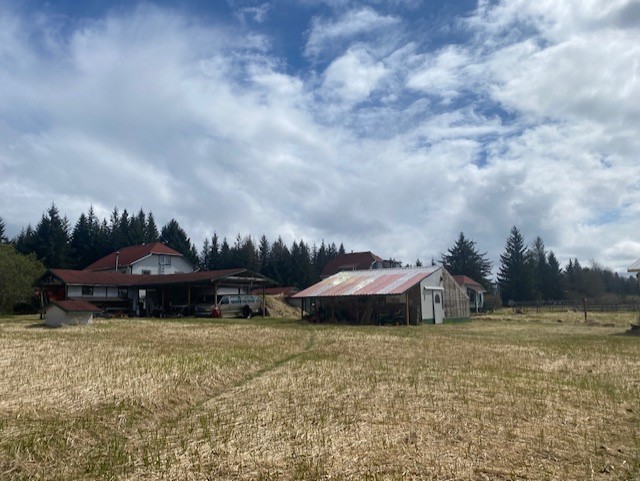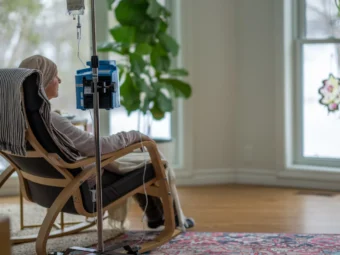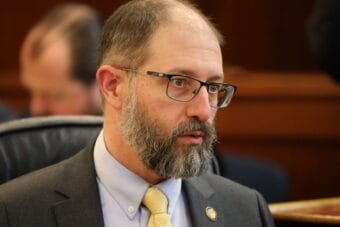
Alaska lawmakers are considering a bill that would expand testing and regulations for PFAS chemicals in drinking water, which has been linked to cancer and other serious health conditions.
Sen. Jesse Kiehl, D-Juneau, has sponsored legislation that would police seven varieties of the so-called “forever chemicals,” which don’t break down and often enter the environment from firefighting foams used at airports.
“These things are bad for people in extremely small amounts. We’re talking about parts per trillion in your drinking water,” Kiehl told the Senate Finance Committee on April 12.
PFAS action levels altered in 2019
State regulators in 2018 began policing six varieties of PFAS in the final days of Gov. Bill Walker’s administration after PFAS was discovered in drinking water in wells across Alaska. The incoming Dunleavy administration watered down those regulations the following year. They now mirror federal standards and apply to two of the most common varieties of PFAS.
Among other things, Senate Bill 121 would expand action levels to seven varieties and lower the threshold of what are considered acceptable levels of PFAS in drinking water. The upshot would be more households and businesses with PFAS in their groundwater could be eligible to receive alternative sources of drinking water from the state by entering the regulatory standards directly into law.
Kiehl told the Senate committee that the bill would also heavily restrict the use of the most common contamination source in Alaska — firefighting foams that contain PFAS — except in certain cases.
“The bill has an exception for those in the oil and gas business until an alternate firefighting substance is found,” he said.
Many firefighting foams designed to put out fuel fires contain PFAS.
Rural Alaskans speak out on health risks
Yakutat Borough Manager Jon Erickson testified in support of the PFAS bill. He says his Southeast community has PFAS contamination in wells near the state-owned airport.
“And there are a number of other businesses out there,” he testified by telephone. “And they are all using PFAS at this time. DOT saw the problem and so they send in cases of bottled water. So the restaurants can still operate.”
He says extending municipal water in the area that’s not PFAS contaminated would cost the community of 600 people at least $6 million, according to estimates from state officials.
Native Peoples Action — an Indigenous rights network — supports the legislation, the Anchorage-based nonprofit’s policy director Jackie Boyer told the committee.
“Studies have also shown that Alaska Native suffer at greater risk for certain cancers,” Boyer said. “So it’s all very concerning that there are so many confirmed contaminated sites in Alaska.”
A companion bill in the House was introduced last year. But it’s unclear when either chamber would vote to establish the new PFAS standards in the law. Additionally, if passed, the law would give state regulators the authority to make the standards more stringent, but they could not relax the action levels to less than outlined in the bill.
The legislation also outlines that state air permits would be required to incinerate PFAS chemicals to ensure they don’t leech into the environment in the process. So far that’s been a technically challenging prospect, as the long-chain compounds are very difficult to break down.


